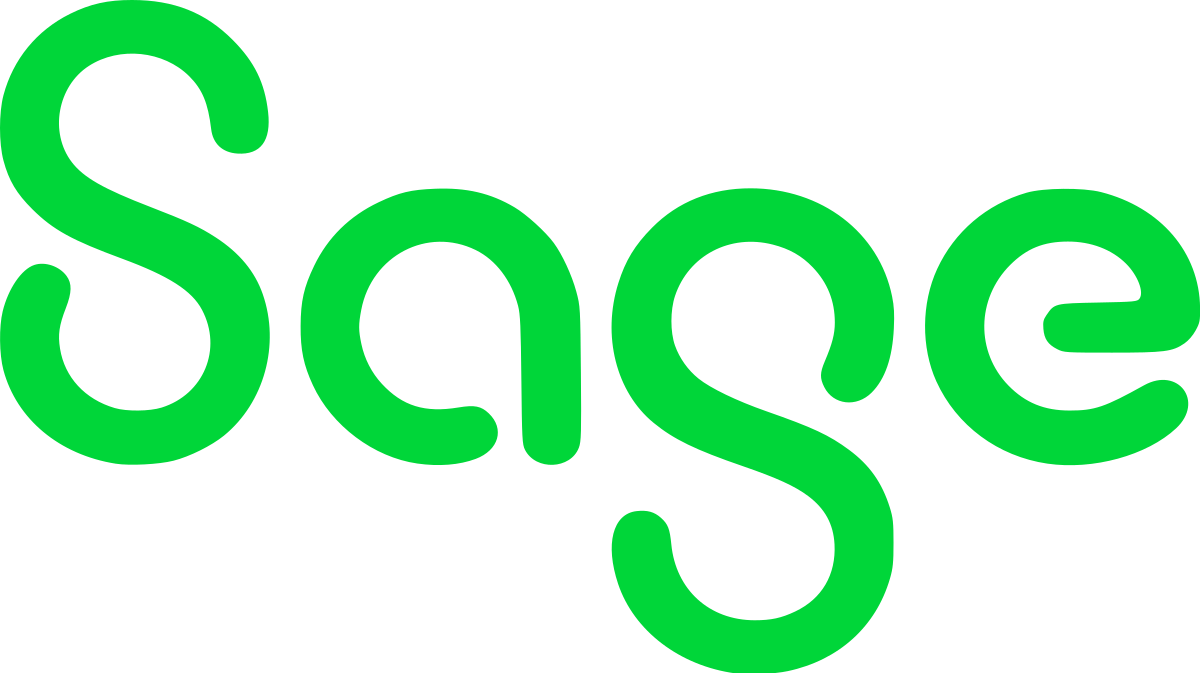The role of CFOs and finance leaders has evolved. Historically responsible for controlling costs and providing financials; CFOs have transitioned into strategic leaders delivering real change across the organisation.
With Financial Transformation, business leaders can automate their processes, improve efficiency, and access critical information immediately to ensure rapid and informed decision making to drive company growth.
Our Financial Transformation Framework has been developed from working with 100s of businesses to deliver real change across their organisation.
Partnering with the world’s leading technology solutions, our experts will work with your team to identify the right solution for your business.
Get your business future proof and future ready, with a system that can grow as you do.





Our Financial Transformation Framework combines six core elements which revolutionise the finance function and provides a platform to supercharge business growth.
1. Scale without complexity
We recognise that you need a system which works for the business today, but that can adapt to the changing landscape.
We only partner with the world’s leading technologies to create systems which are constantly evolving and adapting to the changing needs of an organisation.
2. Unleash the power of automation
Most businesses spend far too much time undertaking manual tasks which can be performed automatically through our platforms.
With automation, you can reduce manual processing and errors caused by manual inputs, giving your team more visibility and allowing them to focus on activities to drive organisational growth.
3. real-time information, anytime, anywhere
We all know that the world is changing rapidly and we need to be able to make quick decisions to ensure we can capitalise on business opportunities.
With cloud accounting, data is always live, meaning that you are not waiting for the end of the month to get an accurate picture of your overall operations.
4. visibility from opportunity to cash
Many businesses will utilise different systems to perform different tasks, which means that it can be difficult to get a complete picture of your entire operations.
Our teams specialise in developing lead to ledger systems which can align the entire business and highlight where improvements can be made.
5.Turning data into insights
Everyone understands the power of data, but do you really understand what your data means?
Through multi-dimensional reporting and analytics, we focus on making your data insightful so that you can capitalise on business opportunities and highlight areas for improvement.
6. Effortless compliance
With the changing landscape, we understand that ensuring complete compliance can become a headache for businesses. Our systems are built with compliance in mind, simplifying procedures and automating workflows to ensure standards are met.
When the situation changes, systems can be automatically updated without the need for downtime or complex system upgrades.







